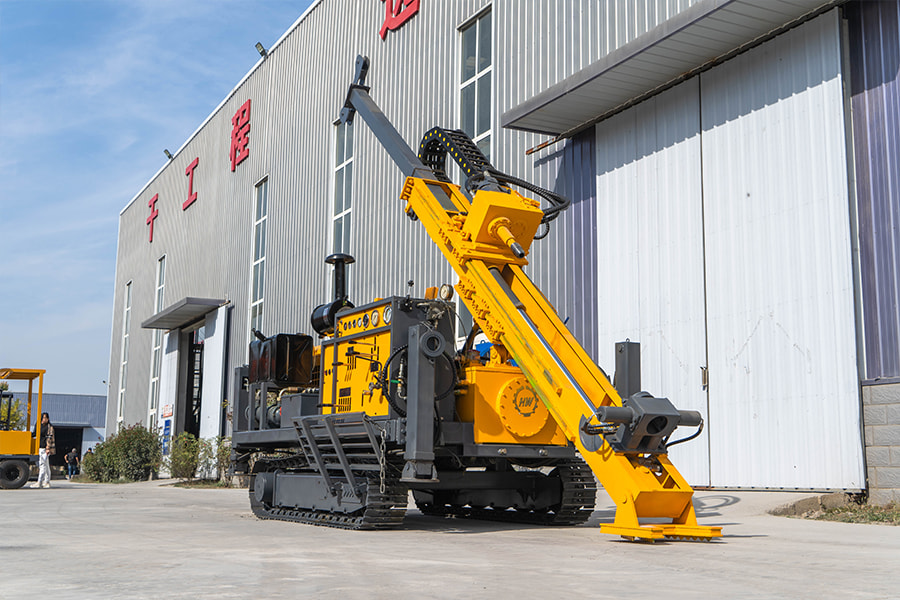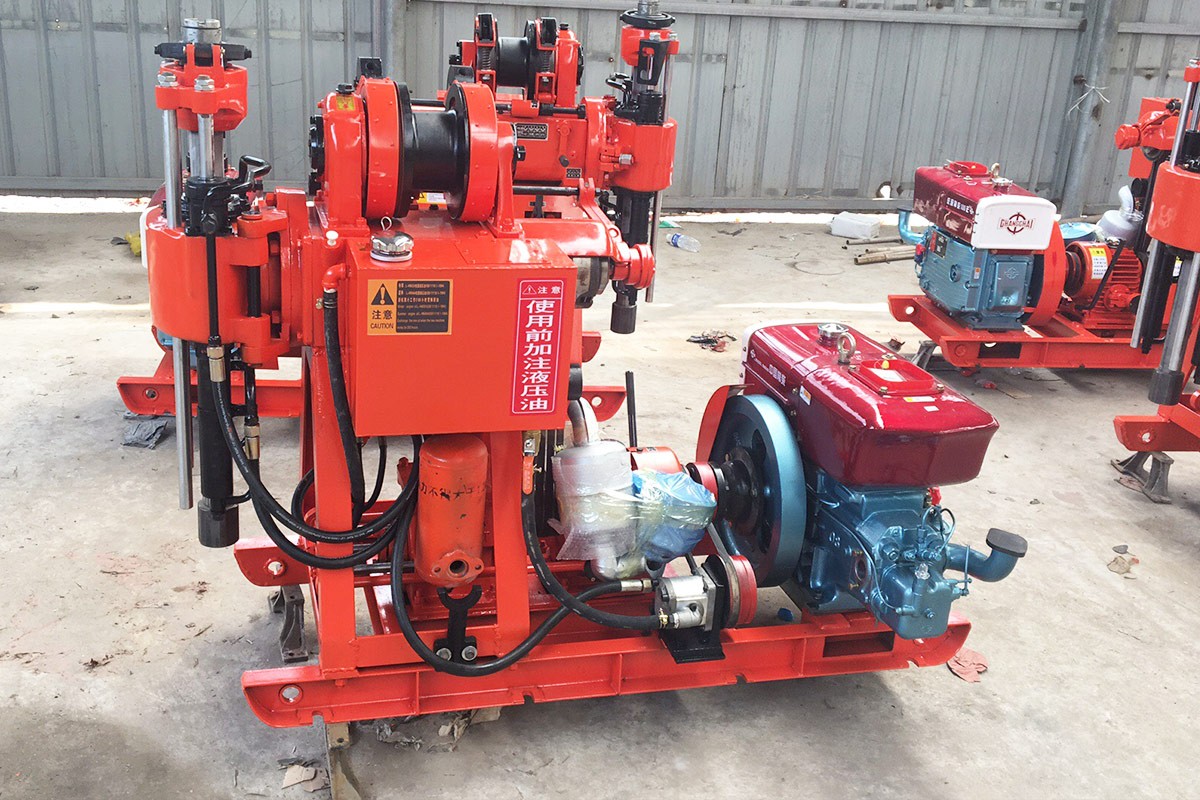Modern exploration core drilling rigs serve as indispensable assets for subsurface investigations, enabling mineral prospecting, geotechnical assessments, and hydrogeological studies. Hengwang Group, a pioneer in advanced drilling technologies, dissects the engineered anatomy of these systems critical for resource exploration and infrastructure development.


Modular Architecture
A standard geological exploration drilling rig comprises six core subsystems:
Rotary Drive: Powers drill string rotation via three configurations – spindle-type, turntable-style, or mobile rotary heads
Feed Mechanism: Maintains optimal bit pressure through hydraulic/pneumatic load control
Hoisting System: Manages tool string deployment/retrieval (absent in compact geotechnical drilling rigs where feed mechanisms dual-function as lifts)
Power Transmission: Delivers energy through mechanical, electro-hydraulic hybrid, or fully hydraulic drives
Control Interface: Centralized console for torque/speed modulation in Hengwang Group’s automated exploration core drilling rigs
Structural Chassis: Vibration-dampened platforms ensuring operational stability
Specialized Configurations
Spindle Rotary Systems: Dominant in deep mineral exploration core drilling rigs
Mobile Rotary Units: Preferred for shallow geotechnical drilling rig operations
Integrated Hoist-Free Designs: Space-optimized solutions for urban geological exploration drilling rig deployments
Advanced Transmission Technologies
Hengwang Group’s next-gen geological exploration drilling rigs feature:
Electro-hydraulic hybrid drives balancing power and precision
Full hydrostatic transmissions for arctic-grade reliability
AI-assisted load distribution in automated exploration core drilling rig models